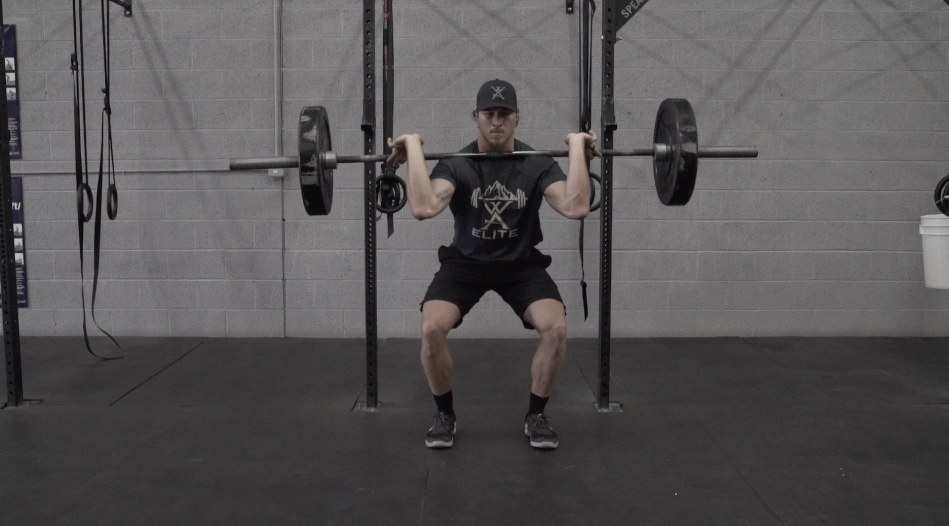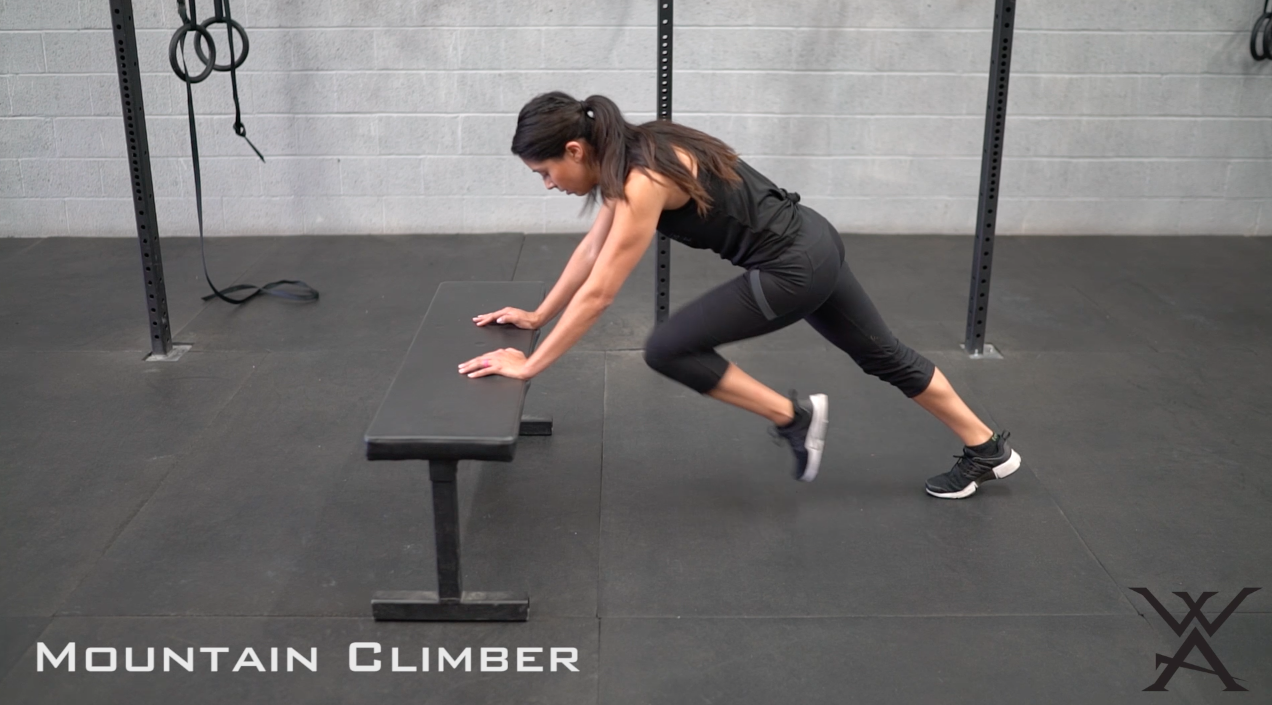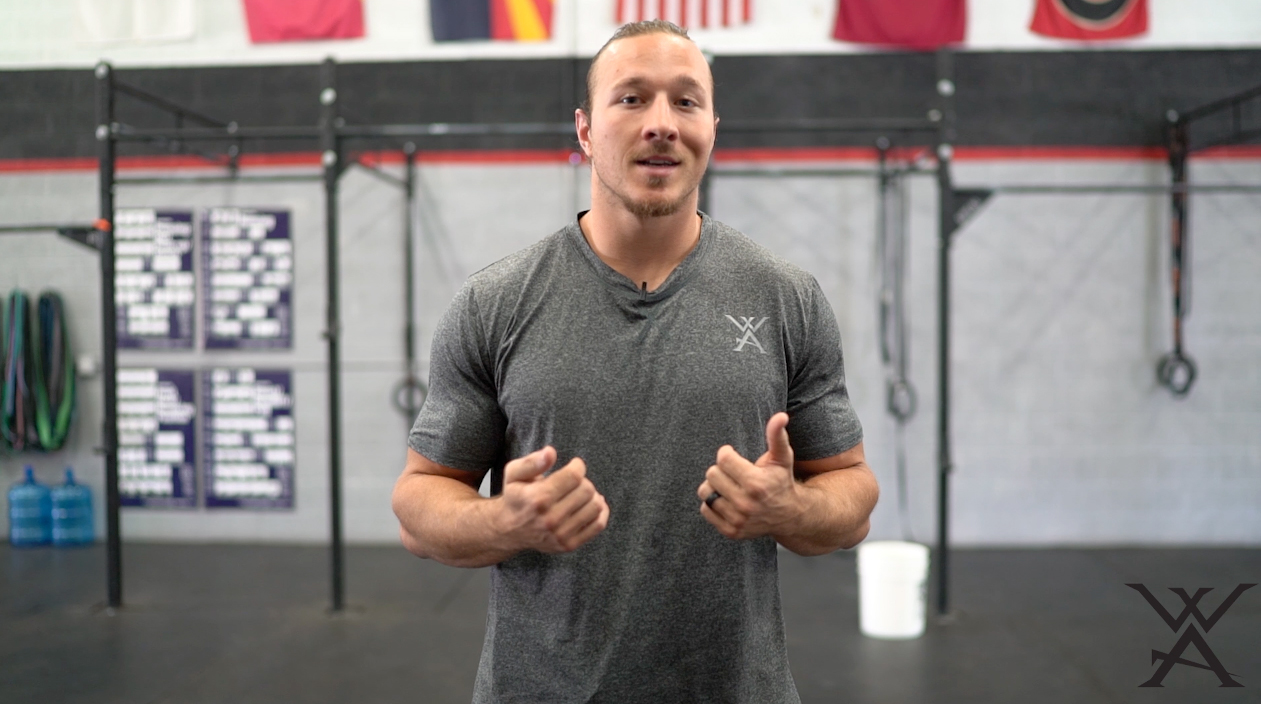There seem to be several times over the course of the year that getting to the gym becomes a real challenge. Whether it is the juggle of hunting season, the holidays, summer, or just a stacked schedule, keeping consistent at the gym can be difficult, and can even keep you from making the gains you’re after. What if I said you could ditch the gym and make even more gains?
First, let’s dig into other reasons you may be missing gym time, and not making the progress you’re after. Lack of motivation to hit workouts are one of the most common issues, closely followed by not having a plan, or knowing how to train effectively. The commute and time it takes to get to the gym, get changed, workout, and then wrap things up is also a big hurdle. No one wants to lose more time in a day just trying to get to the gym for a sweat session.
So how can you become more efficient, make big gains, and save time? Ditch the gym, and follow a training plan you can do from anywhere.
Setting up a home gym isn’t as complicated as it may seem. In fact, you likely have most of the things you need laying around the house. Check out the article How to Complete Your Home Gym Under $100 and get a list, and links to the equipment you need to get started.
Make space.
One consideration that often gets overlooked when trying to implement a new home training routine is trying to workout in common areas. If possible, make room in a spare bedroom, extra space in the garage, or an area outside (especially if you live in a warm climate).
Keeping the distractions of the rest of the house (dishes, laundry, other family members) to a minimum will help you stay focused on your workout, and will allow you the mental space to push yourself harder.
Set a schedule.
Having a training schedule is just as important as having a training plan. Without consistency, any training regimen fails. So, be sure to pre-schedule your workout days and times on a paper calendar or on your smartphone calendar. You can also set reminders on your phone to help keep you accountable and moving the needle.
If you want to take it one step further you can line out your focus for the training days; Upper Body, Lower Body, Total Body, HIIT, etc. Knowing your focus for the session helps to eliminate idle time, and opportunities to talk yourself out of the workout.
Don’t get caught up in the self negotiations.
If you find that you have the best intentions to train but then the time rolls around and suddenly you talk yourself into making dinner, finishing the laundry piled on the couch, or collapsing on your floor to scroll the gram, I have one thing to say, STOP NEGOTIATING WHEN IT COMES TO GOALS.
Negotiations should be left to where you want to go out for brunch on Saturday, or what color socks you want to wear. Not if you feel like getting your workout in so you can fit into that dress you’ve had hanging in the closet. Be flexible with your methods but not with the goals you’ve lined out for yourself.
Don’t overthink your training sessions.
Over the last 10 years of working with clients, there is one big thing I have observed when it comes to working out solo: people tend to think the more creative they get the more they gain. While it can be true in some areas, it is not the catalyst for making progress.
Instead of overcomplicating your movements, adding in tons of different exercises, and wondering if you’re even performing the movement correctly, follow these training parameters:
- Determine your training areas and days.
For example:
Monday: Lower body and core
Tuesday: HIIT and total body foam roll
Wednesday: Upper body and core
Thursday: Cardio
Friday: Total body strength and foam roll - Get a whiteboard or paper and write out a training plan for each of those days. Be detailed and line out everything from the warm-up to the movements performed, reps, sets, rest time, and cool down.
- Complete the same workout you created on each scheduled day for 4 weeks before changing up the routine. Allow your muscles to adapt, and your body to learn the proper movement patterns for those specific exercises before adding to or changing your training program. This will allow you to ditch the gym, allow your body to make big gains, and you’ll always know what you’re up against.
No need to try and YouTube new workouts before you train. If you find that you are getting stronger and need to increase the workload you can always add more sets, reps, or weights.
PRO-TIP: I also recommend keeping notes of how your training is going, the weights used, and repetitions performed so that you can keep an eye on your progress and see your gains in real time.
Regardless of if you’re working out at home, or still using that key fob to check into the gym, remember this, where you train won’t determine your progress. Ditch the gym and keep the gains.
Be determined, stay consistent, be relentless. Your goals are worth the effort.







